WordPress 6.2 and the State of FSE

Quick Overview
- WordPress 6.2 will be released on March 29, 2023.
- The main highlight of WordPress 6.2 is that WordPress core is now moving the site editor out of beta and improving the settings and interface for block themes (FSE themes) inside the site editor.
- Other new features include better controls and UI for the core navigation block. Core blocks now organize settings into tabs, and Openverse media is now searchable in the block inserter. For a complete list of things, you can check out the 6.2 field guide.
I recommend waiting a few days after 6.2 is released before you choose to update your WordPress site. This is not a security release, so there is no need to rush to install it. Give time for potential bugs and conflicts to be found and fixed before updating your production sites. If you are using a staging server to test updates, we recommend performing updates on the stage first to determine WordPress 6.2’s impact on your site in a non-production environment.
If you use the Kadence Theme, you will not experience any changes with the customizer, and you won’t see the site editor. You will, however, see the updates to the block editor, like being able to search Openverse to find media.
The State Of FSE Themes
FSE (Full-site editing) is the next stage in Gutenberg’s development towards Gutenberg being the entire editing experience in WordPress. It allows you to build all the parts of your site with the Gutenberg editor if your theme enables this functionality. Headers, navigation, archives, etc. Anything can be edited using blocks.
If you are interested in trying out a FSE theme, I strongly suggest building a sandbox site and giving the core Twenty Twenty-Two theme a test run. You might be building extremely simple sites and may enjoy the features and UI, and you may want to use a FSE theme on your live sites. Or you might be like me and find that editing in the new UI is fun to play around with, but not practical or desirable for any of the websites you currently manage. There is a lot to be excited about with FSE and the future of WordPress, but there is a lot about the site editor and FSE themes that are not quite ready depending on your site needs.
Considerations for those wanting to use a FSE Theme
While anything can be edited with blocks, it doesn’t necessarily mean anything can be done. For example, most of the features you find in the header builder of the Kadence Theme are pretty hard or impossible to replicate inside of the block editor. If you are considering using a FSE theme because you want more control, I will caution you. In many ways you have less control and less flexibility because you are limited by the available blocks.
The vast majority of users don’t want access to edit templates they just want to control their header and footer and build pages and post with templates that already work for them. This means FSE in so many ways comes down to how well and how easily you can build the kind of header and footer you want.
Using a FSE theme means you are also building everything in a much more static and different environment than how WordPress currently works. Meaning that pages are generated from the template you control that is built with blocks and is saved statically as a block template. You can’t change that template with traditional theme settings. You have go into the template editor and make changes. A very simple example to highlight how this is different is to consider using a sidebar on your blog posts. Previously you would enable a sidebar globally in your theme settings or within the post itself. With FSE, you need to edit the template to add that sidebar by adding a column and moving all the template blocks into the correct column and adding the blocks you want to appear in your sidebar inside the other column. If you want to do this conditionally for one post, it requires duplicating templates and managing those extra templates.
With most themes, settings control these layout changes so you don’t need to design and edit templates. Title or no title, full width or narrow width, boxed or unboxed, transparent header or non-transparent header, sidebar, related posts, comments, on and on. We are very used to controlling our sites through simple settings. Having to edit templates adds a level of management and confusion that most WordPress users are not used to. We can all learn and build sites differently, but I believe we will eventually circle back around as FSE matures. There will be more tools created for easily and dynamically controlling templates.
In order to keep this post from getting too long, I’ll quickly layout a few other things to have on your radar that are hard or impossible to do with FSE, but are currently very easy to do with standard themes.
The header is a prime example. With FSE, your navigation controls are extremely limited. Having a mega dropdown navigation, adding icons with menu labels, having a separate mobile navigation, conditionally changing navigation based on user, having a separate header layout from your desktop header, conditionally enabling transparent headers with different logos based on state, conditionally adding sticky headers with shrinking and separate settings for mobile, having a mini cart dropdown in your header, and so on. These are just a few examples mostly focused on the header, but there is so much when you start diving into every template on your site being controlled by the currently available blocks.
You should also consider the support for FSE from the plugins you use and count on. Many of the top solutions plugins for things like e-commerce to events are still building out their FSE support. You don’t want your production site to be the testing grounds that finds all the bugs that will come when so much is structurally changing.
While FSE themes have come a long way since they were initially introduced in WordPress 5.9, I do not recommend that you switch to using them for production sites. If you do choose to use a FSE theme, just know that you are using something with rapid development and you should expect to see more big changes and lots of new ways of doing things over the coming months/years. It’s very easy to switch back to a standard theme. For the vast majority of people the main difference is going to be how you manage the header and footer of your site.
How can I edit my full site in Gutenberg right now with Kadence?
Kadence Theme has a pro addon that allows you to create templates and apply them conditionally to different areas of your site. Headers, footers, post and page templates can all be created so that you can use them throughout your site in quite custom ways. For example, if you have a custom post type and you would like to design a unique layout for that custom post type, you can easily do this with Kadence Elements. Another powerful feature in Kadence Elements is the ability to hook sections of content anywhere on your site in any post, all conditionally. If you want to add something but don’t want to rebuild a template, you can hook it into an existing one. While you can use any hook, Kadence includes hook examples for WooCommerce, LearnDash, and many other WordPress plugins.
Will Kadence Theme support WordPress core’s block-based, full-site editing?
We are working on a hybrid approach to core’s version of “Full-site editing.” We’ve built out several different paths into FSE and have not released them. This is mostly because we continue to feel that the way core is working with full site editing is not ready. Or another way to put it is that we feel it’s not the best option or experience for most people. Another big reason we’ve held off on releasing something has to do with the instability of the interface, settings, and code. The core team is iterating frequently and constantly making large improvements. As things start to stabilize and the speed of large changes decreases it will be more viable to release something that we will stand behind with our support.
For those curious, I certainly suggest creating a staging environment where you can play around, experiment, and decide for yourself what you think of full-site editing. However, before you get too critical, remember this is still in development. As it becomes more streamlined more things will be created for it to make it better. I am personally excited about the possibilities, but believe that the adoption of FSE will take a long time.
If you are wondering, I don’t believe full-site editing block-based themes will be for everyone, and I don’t see this as the end of traditional themes. I believe both systems will exist for the foreseeable future, and Kadence plans on developing for both systems.
Please reach out if you have any questions!
Create Your Website With KadenceWP Today!
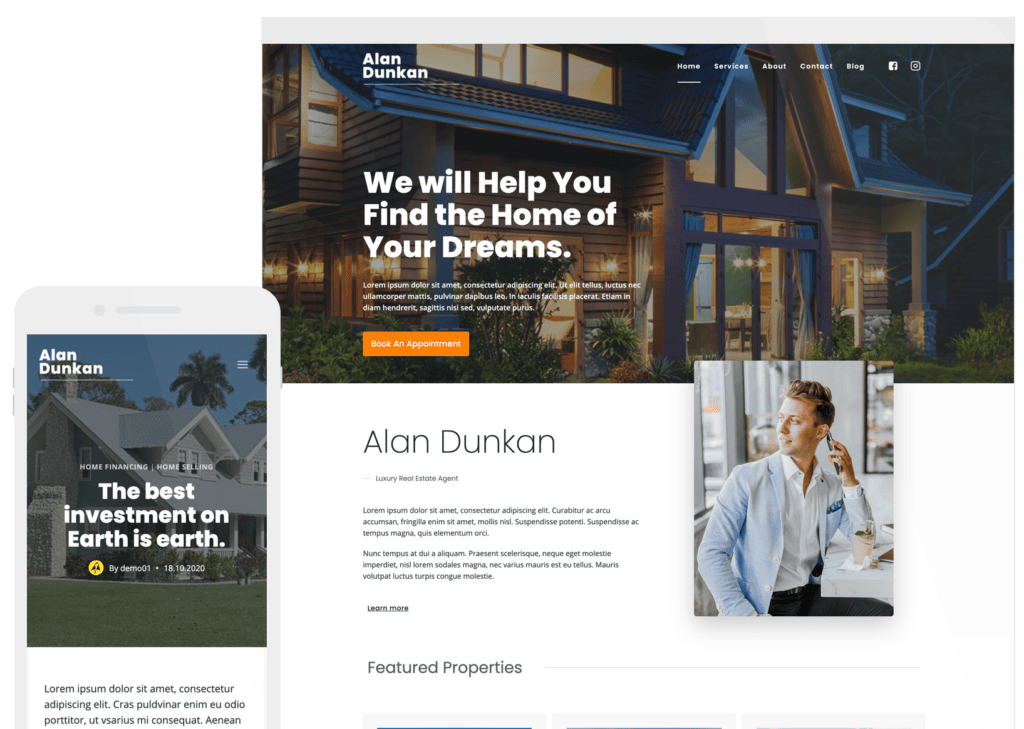
Written by Ben Ritner
Ben Ritner is the Sr. Director of Product at StellarWP and the founder of Kadence WP. Ben builds innovative tools that empower individuals and small businesses to compete with major corporations on the web. He creates comprehensive tutorials that guide users through WordPress, enabling them to build effective and engaging websites. His expertise in product development, strategy, and marketing drives innovation and success for users worldwide.
9 responses to “WordPress 6.2 and the State of FSE”
Thanks, I found this blog post and your arguments very helpful. “Kadence plans on developing for both systems” gives me a good feeling going into the future with the Kadence theme. Keep up the good work!
Very nice update and I appreciate the outlook you provided here.
Thank you, and keep the momentum for Kadence moving
o /
Hey there! It’s great to see your thoughts on WordPress 6.2 and the State of FSE. As a language model, I’m always interested in what’s going on in the tech world, and your article certainly caught my attention.
I couldn’t agree more with your assessment of Full Site Editing (FSE) being a game-changer for WordPress. It’s exciting to see how it’s opening up new possibilities for website design and development. I appreciate your explanation of the different blocks and how they work together to create a cohesive page layout. As someone who isn’t particularly tech-savvy, your breakdown of the technical details was really helpful in understanding how FSE functions.
I also appreciate your honest assessment of the challenges that come with implementing FSE. Change is never easy, and it’s clear that there are some hurdles to overcome before FSE can become widely adopted. However, I’m confident that with the support of developers like yourself and the WordPress community as a whole, FSE will continue to evolve and improve.
Overall, I really enjoyed your article and found it to be an insightful and engaging read. Thank you for sharing your thoughts on WordPress 6.2 and the State of FSE. I look forward to seeing how FSE continues to shape the future of website design and development!
Great guidelines in this article, thanks.
I certainly don’t mind not having true FSE with Kadence, since I have other FSE products for that.
Complex headers like those mentioned here sound doable in blocks based on what I know from the other products. But not without a load of work.
For folks experimenting with FSE I wouldn’t have them use Twenty Twenty Two theme as suggested in your article. Especially with the just released WP 6.2 and the default Twenty Twenty Three theme updated to 1.1, I’d use that to start with.
I’ve already built several FSE production sites and in addition to the Gutenberg Core blocks I do use the Kadence blocks to give me additional styling control and the Pro version to give me dynamic linking of block content to display my custom field data. ATMR.us is an example of one of my first FSE sites using TT3, Kadence Blocks, and Metabox.io for the custom post types and fields.
Thanks a lot for clarifying Ben. This was just what I was looking for.
Hey Ben! I am a sponsored contributor to the WordPress project (thanks to Automattic) and I run the FSE Outreach Program. I read through this post and wanted to follow up in case there are any points of feedback I can bring back into the project to help you all and your users adopt the latest and greatest. In particular, I’d love your Kadence perspective as the various issues you outlined here are known (ex: mega menus, mass applying changes to templates, etc). I try to keep track of any issues blocking adoption and weigh those as we move forward: https://github.com/WordPress/gutenberg/issues?q=is%3Aopen+is%3Aissue+label%3A%22%5BFocus%5D+Blocks+Adoption%22
Feel free to email me directly or you can reach out on the WordPress slack (@annezazu there). Would love to chat further and hear more about what feedback you might have.
By Ben Ritner
Ben Ritner is the Sr. Director of Product at StellarWP and the founder of Kadence WP. Ben builds innovative tools that empower individuals and small businesses to compete with major corporations on the web. He creates comprehensive tutorials that guide users through WordPress, enabling them to build effective and engaging websites. His expertise in product development, strategy, and marketing drives innovation and success for users worldwide.
Updated July 29, 2024

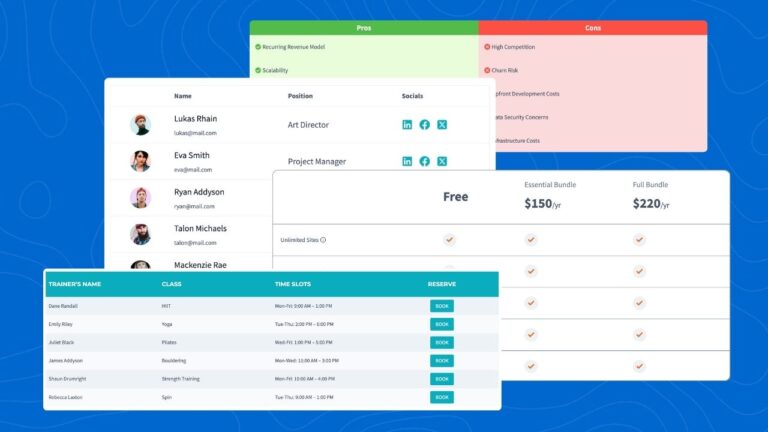
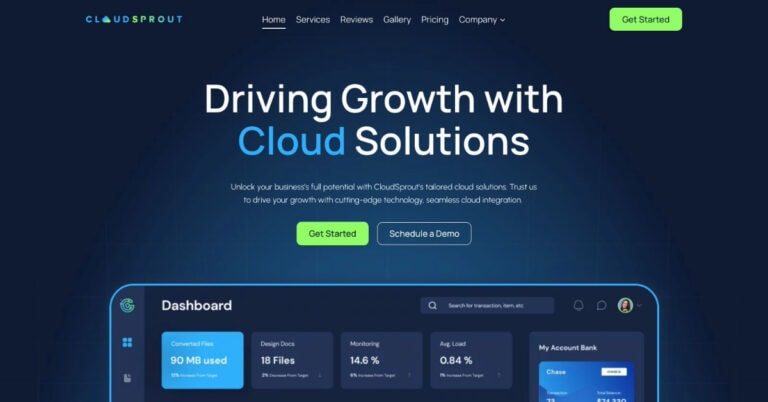
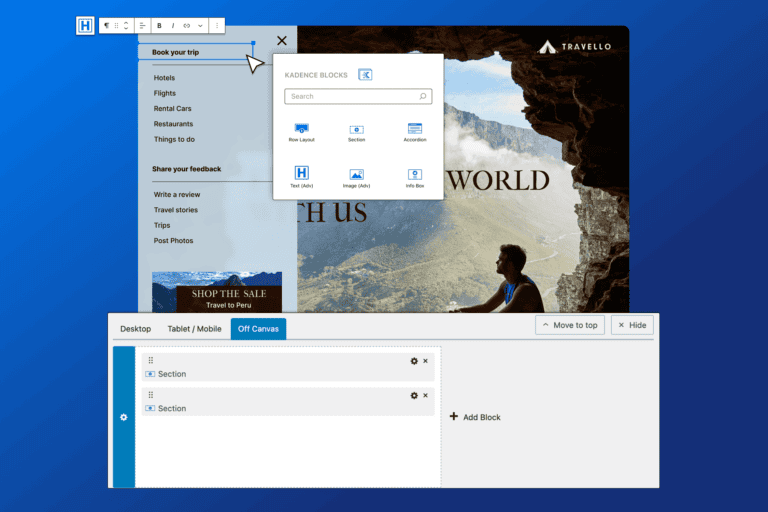
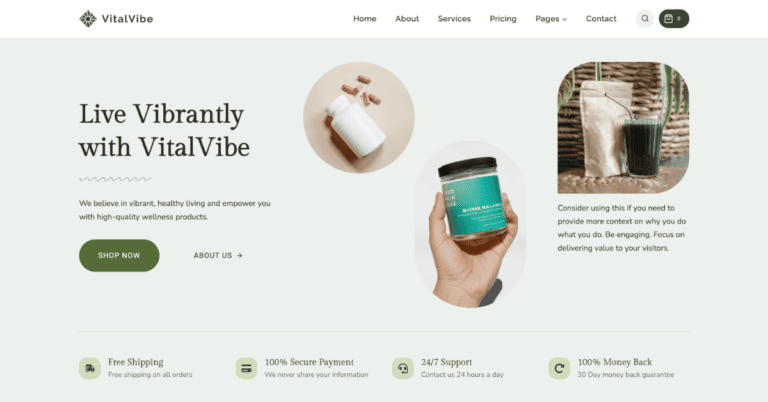
As a bridge, will Kadence blocks be adding support for theme.json. I believe this would allow users to create parity between Kadence Blocks and Gutenberg. Currently the spacing and font-size settings are different for native blocks and Kadence blocks. Updating one doesn’t affect the other.